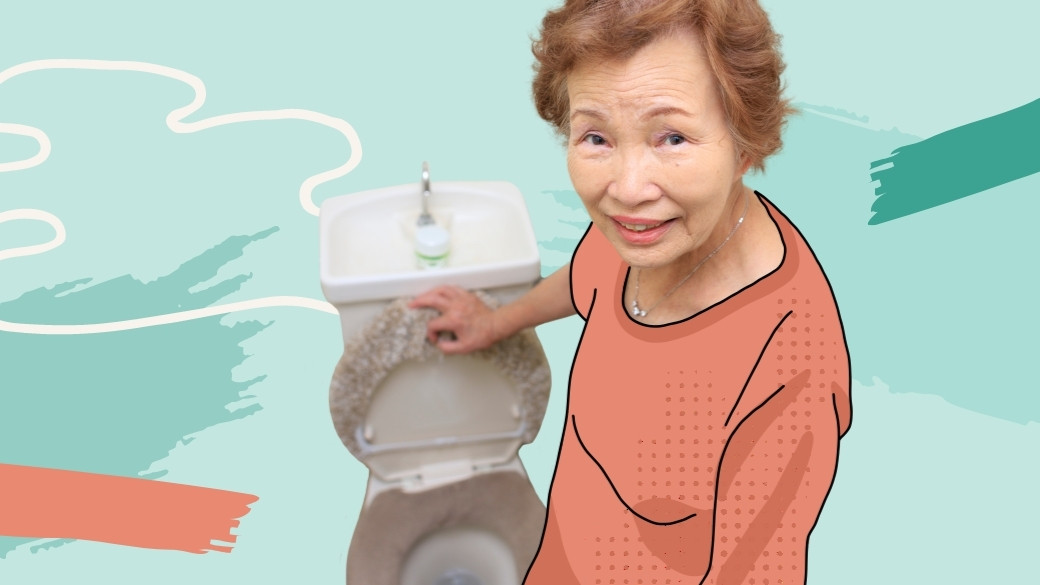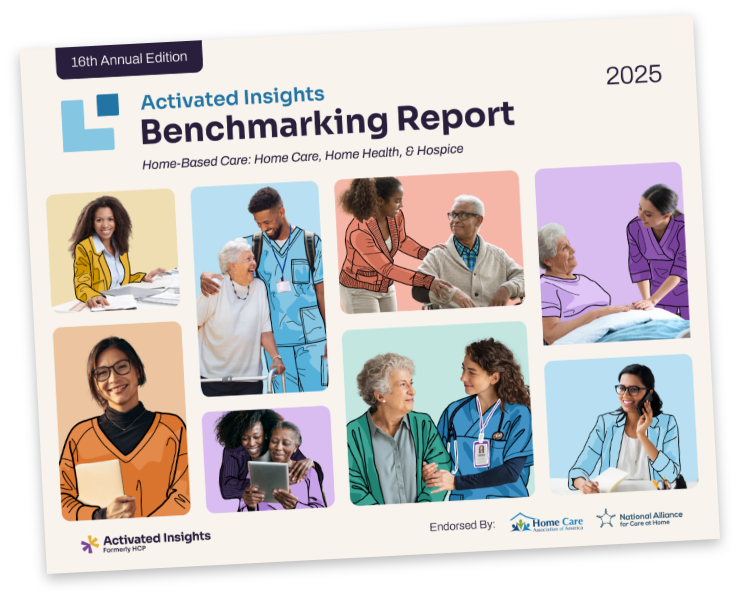It’s something we all do. Learn more about bowel movements at the end of life.
Let’s talk about a topic that is often overlooked in our medical end of life care: bowel movements. Why bring up a subject that is difficult to discuss? Because there are major misconceptions about bowel movements in people who can’t be fixed and people who are taking medicines for pain, narcotics and/or non-narcotics.
Everybody has bowel movements, everyone needs to have them, yet in our prudishness we tend to not talk about them. I think we are embarrassed to bring up the subject but we need to. So, here I go.
We often think that when a person is not eating very much they will then not have much to eliminate. Wrong. Whether we eat or not our body still produces waste and we will still need to eliminate that waste.
Being active helps us poop therefore the less active we are, and people approaching the end of their life through disease or old age gradually have less and less energy hence do less and sleep more, the more prone to constipation we will be. Constipation becomes a problem as activity decreases. Laxatives become necessary.
Narcotic and non-narcotic pain medicines slow bodily functions and constipation become a big issue. Anyone taking medication for pain needs to be taking a laxative. Pain medicine and laxatives go together, always. Don’t wait until the person is impacted with three or four days of backed-up stool and in great discomfort before considering a laxative.
So, most people with a life-threatening illness need to be assessed for a laxative regime. Of course, there are exceptions, the particular disease, and the person’s bowel history can affect and determine bowel activity, but everyone needs to be assessed. Ninety-nine percent of people on pain medicine will need to also be on a laxative.
Related content: Barbara Karnes answers, “Is it Painful to Die?”
What kind of laxative? Ask the doctor who prescribed the pain medicine what is recommended. Generally, the stronger the pain medicine the stronger the laxative.
Caring for someone at end of life is challenging and when pain is part of the dying process, the challenge intensifies. That’s why I wrote Pain At End of Life: What You Need To Know About End of Life Comfort and Pain Management. It addresses, in fifth grade, non-medical terminology:
What can you do?
Communicate with your client regarding their ability to have a bowel movement, and see if they are having any problems. If they are unable to speak for themselves, when changing their brief, take a peak and record the time, date, size, and consistency.
When you notice a problem, it is important to communicate with others, especially their primary care provider or a hospice case manager about the next steps. The clinical team and the client will thank you. As healthcare workers, while we can only suggest and recommend what the client can do, it’s important for them to know what their options are.
Read More:
Related Posts











